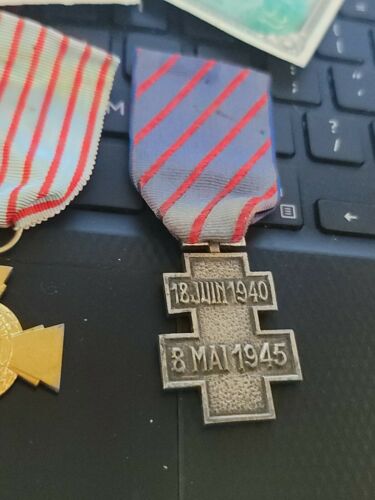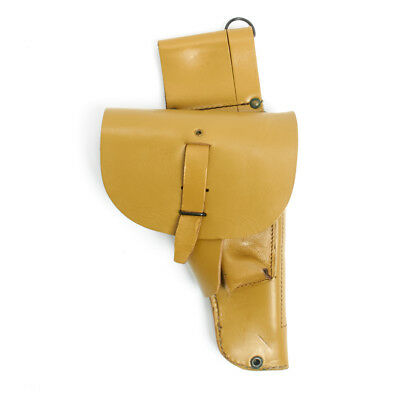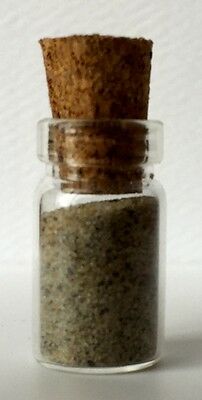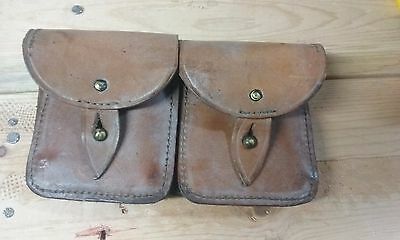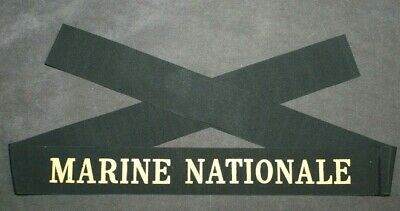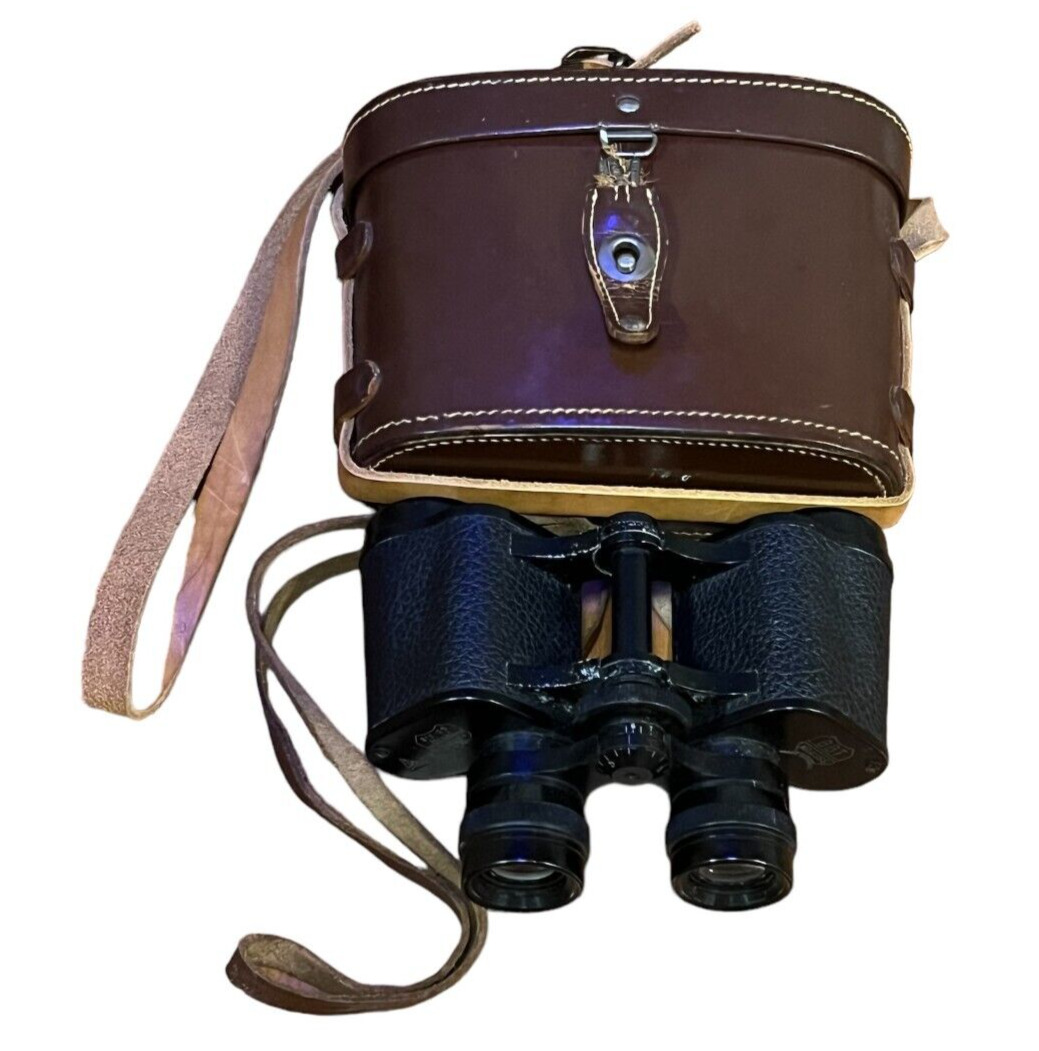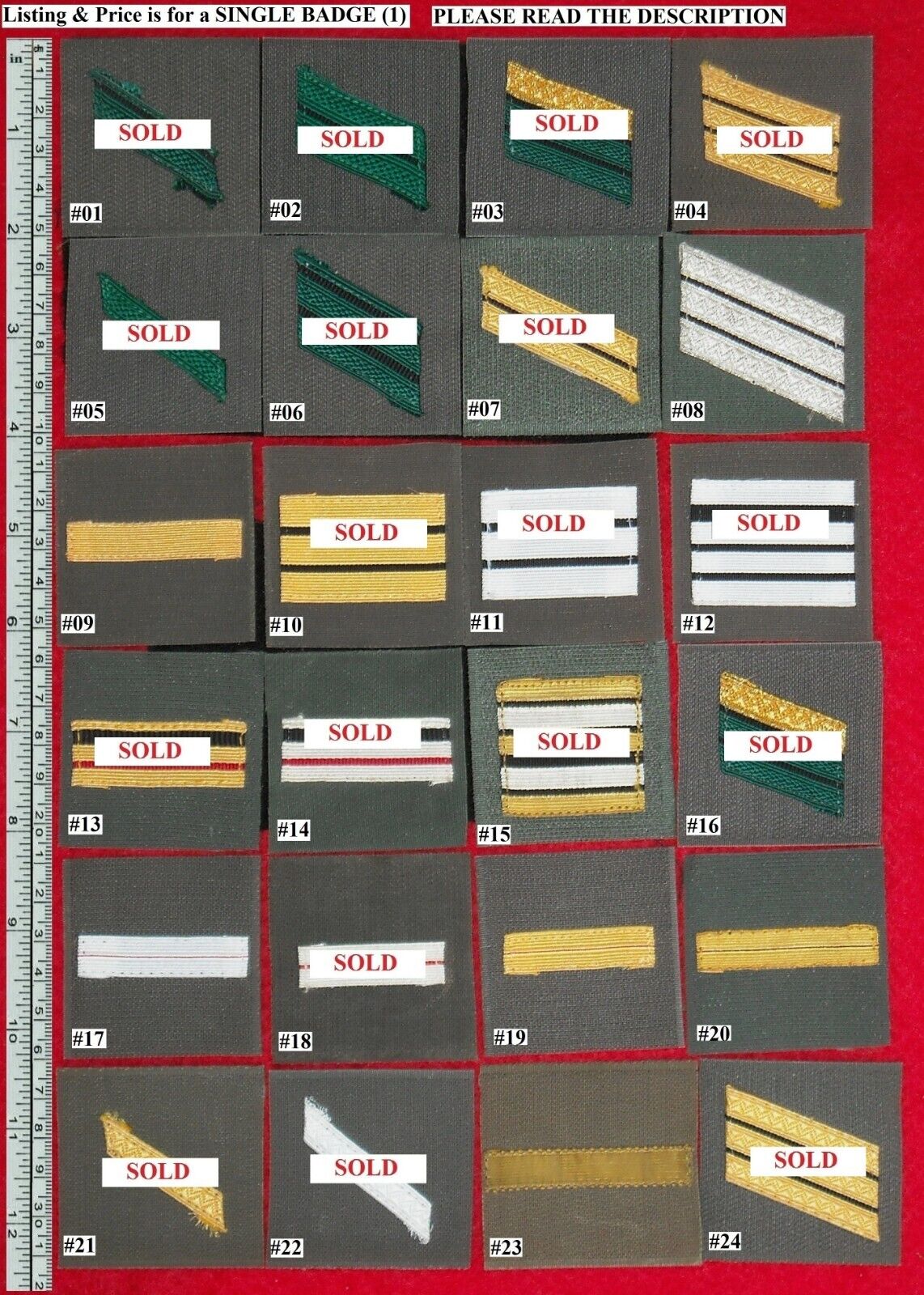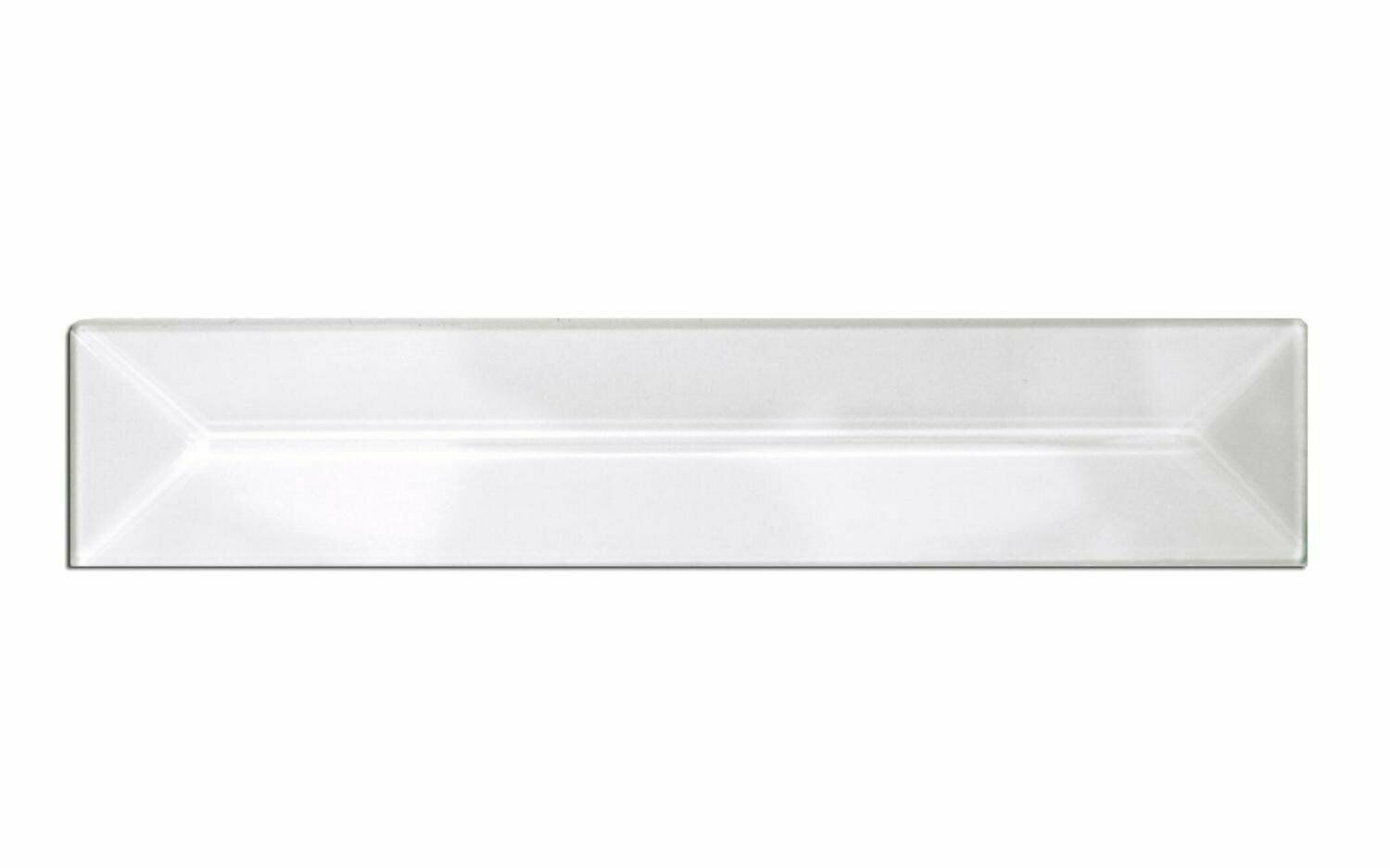-40%
WW2 FRANCE MEDALS +RIBBONS +PICTURE+ CURRENCY NOTE
$ 52.79
- Description
- Size Guide
Description
PLEASE FOLLOW OUR E BAY STORESEE ALL PICS
SALE
SEE OUR STORE
PLEASE READ WHOLE ADD
Military history of France during World War II
From Wikipedia, the free encyclopedia
Jump to navigation
Jump to search
From 1939 until 1940, the
French Third Republic
was at war with Germany. The period from 1940 until 1945 saw competition between
Vichy France
and the
Free French Forces
under General
Charles de Gaulle
for control of the overseas empire. In 1944, after the landings of the Allies in France (Normandy, Provence), they expelled the German Army, putting an end to the Vichy Regime.
France and Britain declared war on Germany when Germany invaded Poland in September 1939. After the
Phoney War
from 1939 to 1940, within seven weeks, the Germans invaded and defeated France and forced the British off the continent. France formally surrendered to Germany.
In August 1943, the de Gaulle and Giraud forces merged in a single chain of command subordinated to Anglo-American leadership, meanwhile opposing French forces on the
Eastern Front
were subordinated to Soviet or German leaderships. This in-exile French force together with the
French Forces of the Interior
(FFI) played a variable-scale role in the eventual
liberation of France
by the
Western Allies
and the defeat of Vichy France,
Fascist Italy
,
Nazi Germany
, and the
Japanese empire
. Vichy France fought for control over the
French overseas empire
with the Free French forces, which were helped by Britain and the U.S. By 1943, all of the colonies, except for Indochina, had joined the Free French cause.
[1]
The number of Free French troops grew with Allied success in North Africa and subsequent rallying of the Army of Africa which pursued the fight against the Axis fighting in many campaigns and eventually invading Italy, occupied France and Germany from 1944 to 1945 by demanding unconditional surrender to the
Axis Powers
in the
Casablanca Conference
. On October 23, 1944, Britain, the United States, and the Soviet Union officially recognized de Gaulle's regime as the
Provisional Government of the French Republic
(GPRF) which replaced the in-exile Vichy French State (its government having fled to
Sigmaringen
in western Germany) and preceded the
Fourth Republic
(1946).
Recruitment in liberated France led to enlargements of the French armies. By the end of the war in Europe in May 1945, France had 1,250,000 troops, 10 divisions of which were fighting in Germany. An
expeditionary
corps was created to liberate
French Indochina
then occupied by the Japanese. During the course of the war, French military losses totaled 212,000 dead, of which 92,000 were killed through the end of the campaign of 1940, 58,000 from 1940 to 1945 in other campaigns, 24,000 lost while serving in the
French resistance
, and a further 38,000 lost while serving with the German Army (including 32,000 "
malgré-nous
").
[2]
Military forces
[
edit
]
See also:
Category:Military units and formations of France in World War II
France had several regular and irregular army forces during World War II; this was partially due to a major geopolitical change. Following the lost
Battle of France
in 1940, the country switched from a democratic republican regime fighting with the Allies to an authoritarian regime collaborating with Germany and opposing the Allies in several campaigns. These complex opposing forces were called, in a simplistic manner, Vichy French forces and Free French forces. They fought battles all over the world from 1940 to 1945, and sometimes fighting against each other. These forces were composite, made of rebel factions and colonial troops; France controlled a large colonial empire, only third to the British empire.
The military participation of the French ground armies, navies and air forces on the Allied side in each theater of World War II (1939–1945) before, during and after the Battle of France, even though it was on various degrees, secured France's acknowledgment as a World War II victor and allowed its evasion from the US-planned
AMGOT
; even though after World War II
USAF bases were maintained in France
until their evacuation in 1967, due to de Gaulle's rejection of
NATO
. As a result, Free French General
François Sevez
signed the first
German Instrument of Surrender
, as witness, on 7 May 1945 (
Rheims
, France), French 1st Army General
Jean de Lattre de Tassigny
signed the second declaration on 8 May 1945 (Berlin, Germany), also as witness, and French General
Philippe Leclerc de Hauteclocque
signed the
Japanese Instrument of Surrender
on behalf of the
Provisional Government of the French Republic
on 15 August 1945 (
Tokyo bay
, Japan).
The complex and ambiguous situation of France from 1939 to 1945, since its military forces fought on both sides under French, British, German, Soviet, US or without uniform – often subordinated to Allied or Axis command – led to some criticism
vis-à-vis
its actual role and allegiance, much like with
Sweden during World War II
.
French Army (1939–1940)
[
edit
]
The
French Army
on the eve of the German attack in 1940 was commanded by General Maurice Gamelin with its headquarters in Vincennes, on the outskirts of Paris. It consisted of 117 divisions, with 94 committed to the North-Eastern front of operations. The North-Eastern Front Command was held by its Commander-in-Chief, General
Alphonse Georges
, at
La Ferte-sous-Jouarre
. The French air force was commanded by General
Joseph Vuillemin
, whose headquarters was located in
Coulommiers
.
[3]
1 DIM
10 DI
3 DIC
3 DC
2 DLM
3 DIM
5 DIM
19 DI
9 DIM
1 DC
12 DIM
42 DI
2 DINA
1 DLM
13 DI
14 DI
15 DI
23 DI
3 DINA
21 DI
25 DIM
27 DIA
1 DINA
29 DIA
2 DIC
31 DI
4 DIC
36 DI
1 DIC
11
DI
43 DI
4 DINA
2 DC
French divisions on 1 Sep 1939
Prisoners of war
[
edit
]
Main article:
French prisoners of war in World War II
After the French armies
surrendered
, Germany seized 2 million French prisoners of war and sent them to camps in Germany.
[4]
About one third were released on various terms. Of the remainder, the officers and noncommissioned officers were kept in separate camps and did not work. The privates were sent out to work. About half of them
worked
in German agriculture, where food supplies were adequate and controls were lenient. The others worked in factories or mines, where conditions were much harsher.
[5]
Free French Forces (1940–1945)
[
edit
]
General
Charles de Gaulle
and British Prime Minister
Winston Churchill
in 1944.
Newly promoted brigadier general Charles de Gaulle (he was a colonel an armoured division commander during the Battle of France) reviews French navy sailors willing to pursue the fight as Free French Forces.
Free French Forces were created in 1940 as a rebel faction of the French Army, refusing both the armistice (they were called «
the fighting French
») and Vichy's authority. Its allegiance was toward General de Gaulle and its HQ was in London; later moving to Algiers. Starting as a limited force made of volunteers from metropolitan France and French colonies but also from other countries (such as Belgium and Spain), it evolved to a full army after its merger with Giraud's Army of Africa, then with new recruits from the
French Resistance
(also called «
soldiers without uniform
»).
De Gaulle's appeals on the BBC (June 1940)
[
edit
]
General Charles de Gaulle was a member of the French
cabinet
during the
Battle of France
, in 1940. As French defence forces were increasingly overwhelmed, de Gaulle found himself part of a group of politicians who argued against a negotiated armistice with
Nazi Germany
and
Fascist Italy
. These views being shared by the President of the Council,
Paul Reynaud
, de Gaulle was sent as an emissary to the United Kingdom, where he was when the French government collapsed.
On the 18 of June, de Gaulle spoke to the French people via
BBC
radio. He asked French soldiers, sailors and airmen to join in the fight against the
Nazis
. In France, De Gaulle's "
Appeal of June 18
" (
Appel du 18 juin
) was not widely heard, but subsequent discourse by de Gaulle could be heard nationwide. Some of the British Cabinet had attempted to block the speech, but were overruled by
Winston Churchill
. To this day, the Appeal of June 18 remains one of the most famous speeches in French history. Nevertheless, on 22 June, Petain's representative signed the armistice and he became leader of the new regime known as Vichy France. (
Vichy
is the French town where the government was based from July onwards.)
De Gaulle was tried
in absentia
in Vichy France and sentenced to death for treason and desertion; he, on the other hand, regarded himself as the last remaining member of the legitimate Reynaud government able to exercise power, seeing the rise to power of Pétain as an unconstitutional coup.
Composition (1940–1945)
[
edit
]
Free French Forces
(
Forces Françaises Libres, FFL
) comprised
1st Free French Division
(
1re Division Française Libre, 1re DFL
),
Free French Air Force
(
Forces Aériennes Françaises Libres, FAFL
),
Free French Naval Forces
(
Forces Navales Françaises Libres, FNFL
),
Free French Naval Air Service
(
Aéronavale française libre, AFL
),
Naval Commandos
(
Commandos Marine
), the French Resistance branch called
French Forces of the Interior
(
Forces Françaises de l'Intérieur, FFI
), and the intelligence service
Central Bureau of Intelligence and Operations
(
Bureau Central de Renseignements et d'Action, BCRA
), all giving allegiance to General Charles de Gaulle, creator of the Free France (
France libre
).
French Expeditionary Corps (1943–1944)
[
edit
]
Main article:
French Expeditionary Corps (1943–1944)
It was close to
Tripoli
,
Libya
, where Leclerc's Free French Forces met Giraud's
Army of Africa
for the first time, in 1943.
[6]
Free French Forces and Army of Africa merger (August 1, 1943)
[
edit
]
In November 1943 the French forces received enough military equipment through Lend-Lease to re-equip eight divisions and allow the return of borrowed British equipment. At this point, the .
Free French
forces and
Army of Africa
were merged to form the
French Expeditionary Corps
(
Corps Expéditionnaire Français, CEF
), under General
Alphonse Juin
, which would take part in the 1943
Italian Campaign
and the August 1944 invasion in Southern France called
Operation Dragoon
.
By September 1944, the Free French forces stood at 560,000 (and the
FFI
at 300,000), which rose to 1 million by the end of 1944, and were fighting in
Alsace
, the
Alps
and
Brittany
. By the end of the war in Europe (May 1945), the Free French forces numbered 1,250,000, including seven infantry and three armoured divisions fighting in Germany.
Other Free French units were directly attached to Allied forces including the British SAS,
RAF
and the Soviet air force.






